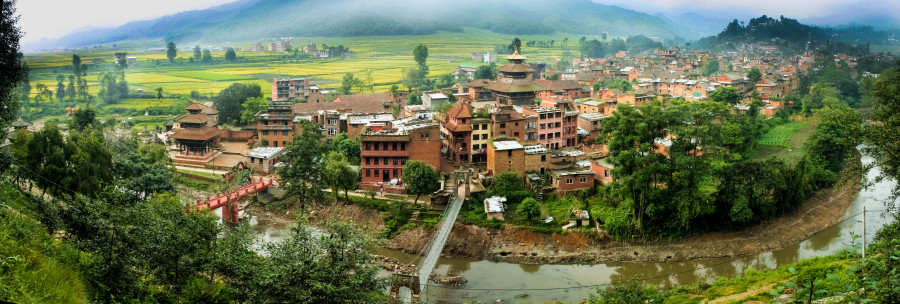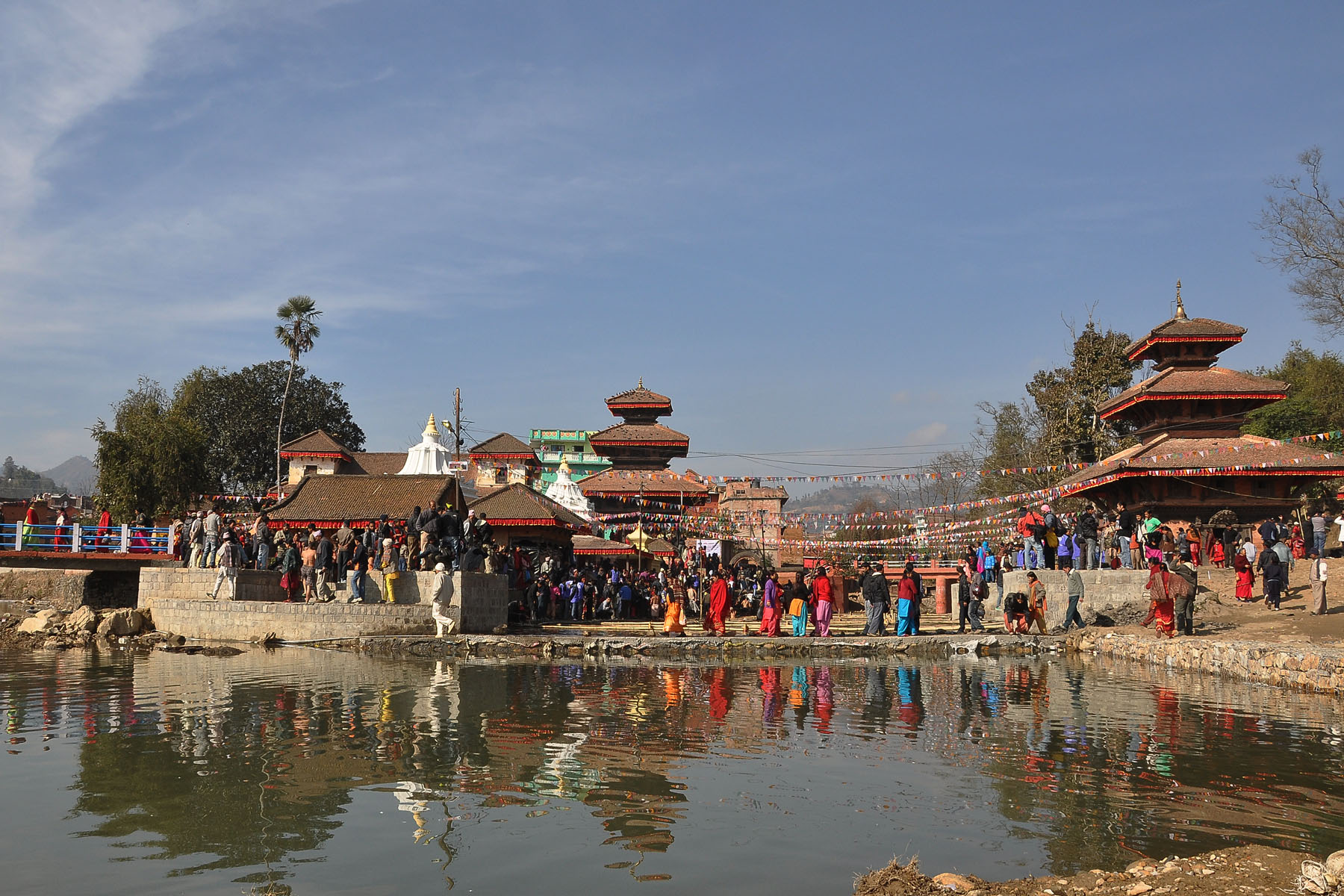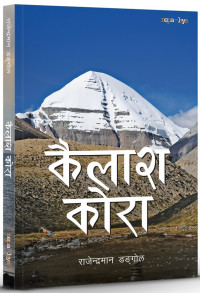Travel
The antiquity and intrigue of Panauti
Untouched by modernity, the ancient space in the heart of Panauti is shrouded in mystery and myth.
Thomas Heaton
Barely audible chatter emanates from nearby chowks, locals go about their daily business and visitors are hurled back through time with no reminders of modernity. The terracotta streets of Panauti are all consuming, for there are no distractions from the village’s medieval time warp. Daura suruwal-clad old men lean against their walking sticks, huddled under a falchha discussing the world’s issues.
This satellite town in the Newar network of antiquitous cities is potentially the least praised, least frequented by tourists, and least touched by commercial interests. Shrouded in mystery, time has passed by Panauti, which is subsequently a place where few things can be simply explained and no question has a straightforward answer.
Some 30km west of Kathmandu, Panauti itself swims in folklore. Sitting at the holy confluence of Roshi and Punyamati rivers and built upon a foundational stone in the form of the fierce god Bhairava, the ancient sanctum is mainly inhabited by 4,000-something residents and mostly ignored by the outside world.

Following jaunty local Prashant Shrestha through the town’s dinky and stout alleyways, one comes to understand how the small things explain a larger story. Typically Newar window frames and architecture, the wells, the communal water taps, and the occasional white plaster facade—everything is there for a reason, but the exact reason is hard to say. “You know what the peacock is about?” Shrestha asks. “It symbolises wealth,” he says. The frogs and snakes carved into the windowsill? They bring rain. The dragons? They're influences from Panauti’s time on the Tibet-Nepal trade route. The plaster of Paris and Continental designs? The Rana dynasty’s more recent influence.
Because of its piety, the town attracts thousands every 12 years, when Makar Mela is celebrated. In the month of Magh (January-February) pilgrims flock to the holy confluence to bathe and atone for their sins. The last time this happened was in 2010, and it’s hard to believe the place can take that many people. Right now, it’s the off-season, and it’s cool and eerily quiet. The only sounds come from bumbling trucks on the other side of the river and occasional ducks’ quacks. The temples here seem older than time itself.
While various projects have seen architecture preserved and temples restored, the river has been ravaged by pollution. Once full of fish, deep and somewhat clean, it is now shallow, opaque and lined with rubbish.
“I remember the fish biting my feet when the water was deep,” he says, alluding to the shallow and muddy waters of the holy confluence.
Shrestha shakes every hand, acknowledges every person and points out as much as he can. The freelance photographer voraciously educates those who want to learn. His happy-go-lucky nature is a front—he is serious about Panauti. A quick look into his workspace on the corner of a red-brick carpeted chowk reveals an exhaustive, albeit small, shelf of books on the village’s history. Many of those books are fronted by or contain Shrestha’s photos, and are written by several historians—namely Gérard Toffin, among and other European researchers. It's through these books that known history is finally being written and preserved—something Shrestha believes especially pertinent.
“Day by day, we are forgetting our culture and we are just looking outwards,” says Shrestha, “We need to understand who we are and why things are happening.”
A start to that history, however, is evasive. It dates back to the 13th century, in written history, thanks to the Indreshwar Mahadev temple—inaugurated in 1294 (when it was first built is unknown, but it’s said to be the oldest temple in the country). Panauti itself could have been founded in the Malla Dynasty’s early years, although a golden scripture, dated 1885, found in the temple says it was King Harisingh Dev who established it later after running away from Simraungadh.
.jpg)
What does seem more definite, however, is that the area was gifted as dowry by Bhaktapur’s King Bhupatindra Malla to his sister in the 15th century. “But there’s no evidence of this,” says Shrestha. What is certain is that the small village is like a mini Bhaktapur, with its dinky little alleys, leaning facades and its mossy corners. “It’s almost like an extension of Bhaktapur, really,” he says. It was only later in 1763 that Panauti was annexed in Nepal’s unification process.
Like so many Newar settlements in Nepal, Panauti is built within and protected by a mandala structure of goddesses. Looking at the map, or walking around the village, one can find nine temples representing them in main compass points; the central goddess is most powerful—Tripura Sundari. They protect the town, and frame its holiness.
One of the few places to stay in town is Aananda Cafe and Guest House, with three rooms, outside Indreshwar Mahadev. Otherwise, most people come for a quick tour and leave. Tucked around a corner close by, in AZ Khaja Ghar, nibbling on chiura, choila, fried fish and various forms of pulses and achaar, one gets the feeling on Panauti’s people. They’re quiet, unassuming and happy to go about their daily business.
Leaving the antiquity of Panauti, the old men under the falccha seem to be untouched by time and, in turn, are just as mysterious. They can be found in the very same place, having not moved for hours. They, like the Newar village, are unaffected by time.




 15.12°C Kathmandu
15.12°C Kathmandu










